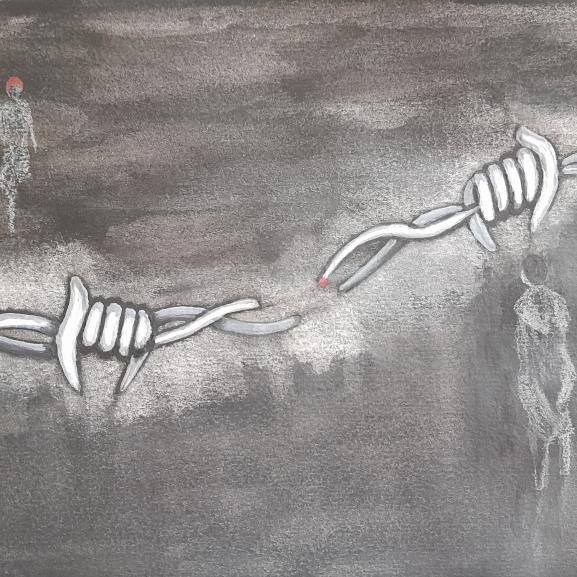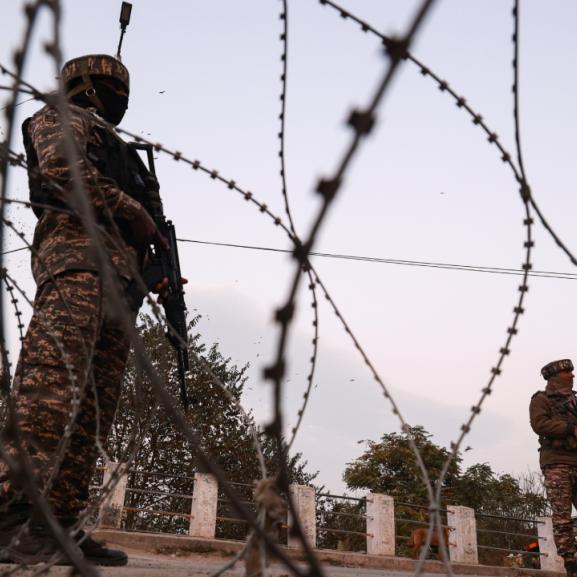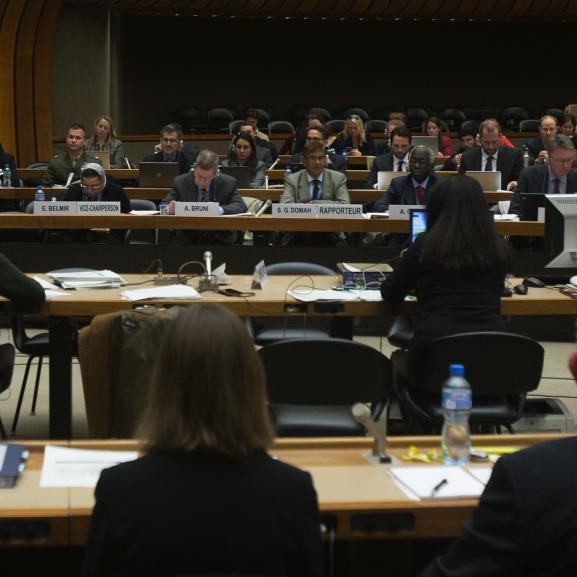Where does torture happen around the world?
The use of torture is completely prohibited by international law. However, many countries still employ torture methods. Read our guide below to learn about the situations in countries many of our clients are coming from.
What is the UN Convention Against Torture?
An overwhelming majority of the world’s countries have ratified the Convention against Torture and Other Cruel, Inhuman or Degrading Treatment or Punishment, since it was first adopted by the United Nations General Assembly on 10 December 1984.
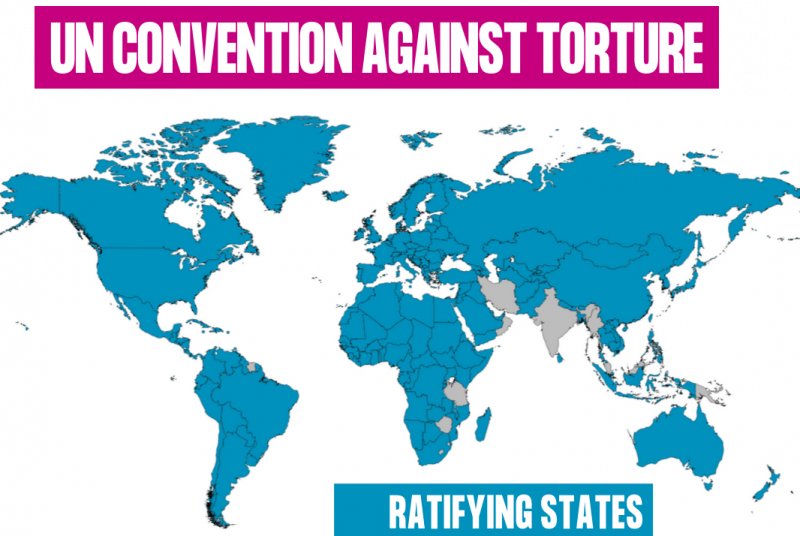
Ratification is an act by which a state agrees to be legally bound by a convention. By ratifying, a state accepts that torture is always absolutely prohibited and never justified. The prohibition of torture is an absolute and peremptory norm (jus cogens) of international law. As such, the prohibition can be enforced even against a state that has not ratified any of the relevant treaties.
Despite this, the use of torture is still widespread and many governments, as well as insurgent groups that control territory (such as Boko Haram in Nigeria), continue to use torture to oppress and persecute people to this day.
There are various reasons people may be targeted. Chief amongst them are political activity, belonging to an ethnic or religious minority, or being LGBTQ+ (lesbian, gay, bisexual, transgender, and queer). Often political activity is low level, such as handing out leaflets or wearing a t-shirt, or being accused of associating with an opposition group.
Physical and psychological torture techniques include beatings, electrocution and sexual torture including rape, as well as sleep deprivation, threat to family members, and mock executions.
Where is torture happening?
At Freedom from Torture, we support people who seek refuge in the UK having fled torture all over the world. Our research shows that torture is still rife in many countries.
Our specialist doctors use medico-legal reports to provide independent evidence of torture to people seeking asylum in the UK. Using data from those reports, we can see worrying trends of torture in certain countries across the world.
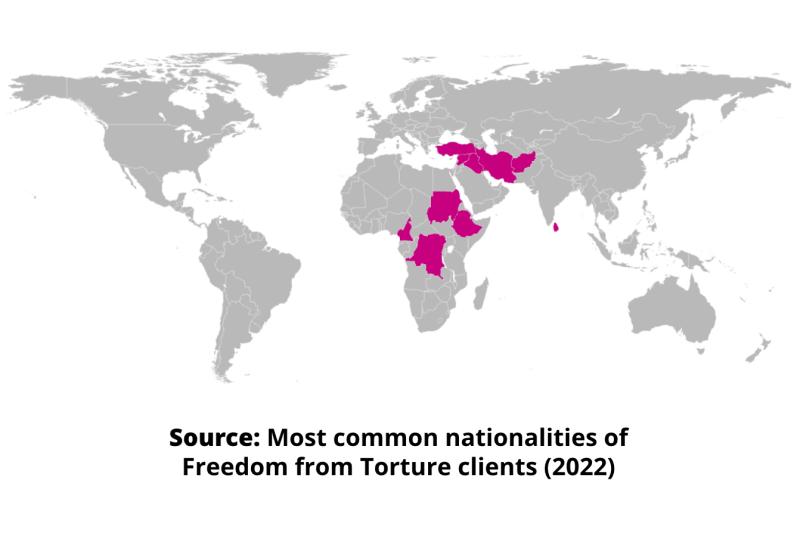
Torture in Syria
Since the beginning of the Syrian conflict, warring parties have continuously disregarded human rights and humanitarian law protections. Arbitrary detentions, kidnappings and torture have been widely reported on both sides.
According to the Syrian Network for Human Rights, over 15,000 people have died as a result of torture between 2011 and 2023.
Torture in Sri Lanka
Despite being a popular holiday destination, over the past 10 years, Sri Lanka has consistently been the country from where we receive the most clients.
It was hoped that the end of the Sri Lankan civil war in 2009 would mean the end of human rights violations in the country.
However, torture continues in the country, including ongoing torture of Tamils allegedly in a security context.
In 2019 we released the report, ‘Too little change: ongoing torture in security operations in Sri Lanka.’ Drawn from medico-legal reports undertaken by our doctors, our research found that people were tortured by state officials in a security context despite none being charged under anti-terror or any other laws.
Read more about torture in Sri Lanka.
Torture in Iran
In Iran, torture and other human rights abuses are used by the government to sow fear among the population, suppress political activity, force confessions and act as punishment.
We have evidence that since the Cultural Revolution of 1980, torture has been used by the state to control a broad range of political, religious and social activity. Reports of torture have continued to emerge following the crackdown on the popular uprising linked to the death in police custody of Mahsa Amini in 2022.
Read more about torture in Iran.
Torture in Afghanistan
Our evidence shows that before toppling Afghanistan’s Western-backed government and seizing power in 2022, the Taliban tortured Afghanis who refused their orders or refused to join their ranks.
Around half of Afghan clients seen by Freedom from Torture are children or young people. Since the Taliban returned to power, reports of torture continue to emerge from Afghanistan.
We won't stop until torture ends.
Torture in Eritrea
For decades, President Isaias Afewerki has ruled Eritrea with an iron fist. There are no legislature, media outlets, non-governmental organisations or even a judiciary.
There is a harsh system of conscription that sees every Eritrean serve for an indefinite period often lasting around 10 years. Whilst in service, Eritreans are subjected to treatment that has been characterised as enslavement, and attempts to avoid national service have led to imprisonment and torture.
Afewerki’s regime has also conspired to crush any political opposition and a number of religions including through arbitrary imprisonment and torture.
Torture in Democratic Republic of Congo
Human rights abuses in the Democratic Republic of Congo (DRC) are rife.
We have evidence that women and men exercising their rights to participate in political or human rights activism have frequently been detained and tortured by the state to silence any political opposition. Our 2018 report, ‘A tool to silence: torture to crush dissent in the Democratic Republic of Congo’ studies the experiences of 74 Congolese men and women and reveals that torture, including rape, is rife within the detention system.
Since then, elections have been held in the Congolese state, and a new President, Félix Tshisekedi, has taken office following the 18- year rule of former President Joseph Kabila.
Read more about torture in the Democratic Republic of Congo.
Torture in Sudan
In 2019, Sudan’s President of 29 years, Omar al-Bahir, was ousted and arrested. Though the former President remains detained in Sudan, he is wanted by the International Criminal Court on charges including genocide, war crimes and crimes against humanity. In 2021 a short-lived transitional government was overthrown after a military coup. Protests against the coup the following year were met with a deadly crackdown as government forces killed, forcibly disappeared and tortured protestors.
Sudan remains deeply unstable and, in 2023, civilians have borne the brunt of a devastating armed conflict that has erupted between rival factions in the military government.
We have evidence of human rights violations committed under the government of Omar al-Bashir. In particular, we have evidence of torture committed from 2003 after the Darfuri war under the premise of non-Arab ethnic cleansing.
Torture in Ethiopia
For years, there has been authoritarian rule in Ethiopia where torture has been a staple of the government. Attempts to claim a wide range of rights, including land rights or freedoms of expression or association, have been met with arbitrary arrests and severe restrictions. There has also been persecution against various ethnic groups, including the Oromo (Ethiopia’s largest ethnic group) and people living in the Tigray region.
In 2018, Ethiopia’s first Oromo Prime Minister Abiy Ahmed was sworn in, and since taking power, he has released thousands of political prisoners and admitted that security forces heavily relied on the use of torture and repressive laws. In 2020, armed conflict broke out in Ethiopia’s Tigray region between the Ethiopian federal government and the former ruling party the Tigray People's Liberation Front (TPLF). Human rights violations were carried out on a scale that may amount to crimes against humanity. Torture of both civilians and combatants has been perpetrated by all parties to the conflict. A ceasefire was declared in November 2022.
Torture in Iraq
The use of torture has been extensive since the US invasion and subsequent occupation in 2003.
When Daesh took the state, torture was used consistently on citizens as a means of oppression and control.
Since Daesh lost its grip in 2018, the Iraqi government has repeatedly used torture as an interrogation technique instead of carrying out proper criminal investigations.
Our evidence suggests that torture is still practised across the country.
Torture in Turkey
Our evidence shows that torture has been happening in Turkey for decades, mainly to repress the Kurdish minority and the political involvement of its people.
Based on 60 medico-legal reports we produced between February 2012 and March 2017, our 2017 country briefing highlighted the systematic use of torture between 1992 and 2015.
Turkey’s record on human rights has further worsened since the failed coup of 2016. Regular reports have emerged in recent years of Turkish border guards killing and torturing Syrians attempting to cross over into Turkey.
Read more about torture in Turkey.
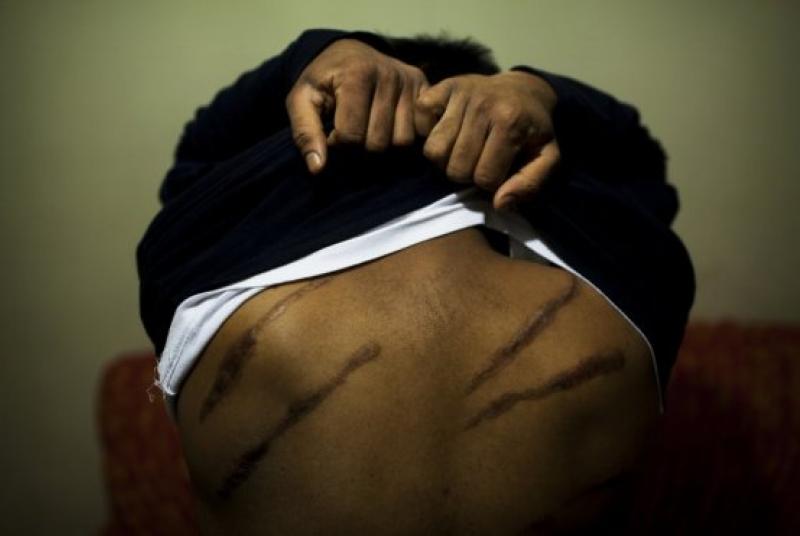
Torture in Egypt
In Egypt, torture has been used routinely by successive regimes in response to any form of opposition including peaceful protests. President Abdel Fattah al-Sisi’s government is no different and has used strengthened counter-terrorism laws to justify a crackdown on perceived opposition (including against people with real or perceived links to the Muslim Brotherhood).
In addition to people being tortured for their peaceful protest against previous and current governments, we also have evidence of people being tortured for their sexual orientation.
Torture in Cameroon
The government response to separatism in Cameroon has been heavy-handed. Though waves of abuse have come from both sides, Anglophone separatists have equally used force against civilians perceived to be associated with the government.
Oppositionists from Cameroon have been tortured for opposing the state, and men and women have been tortured on the grounds of their sexual orientation.



